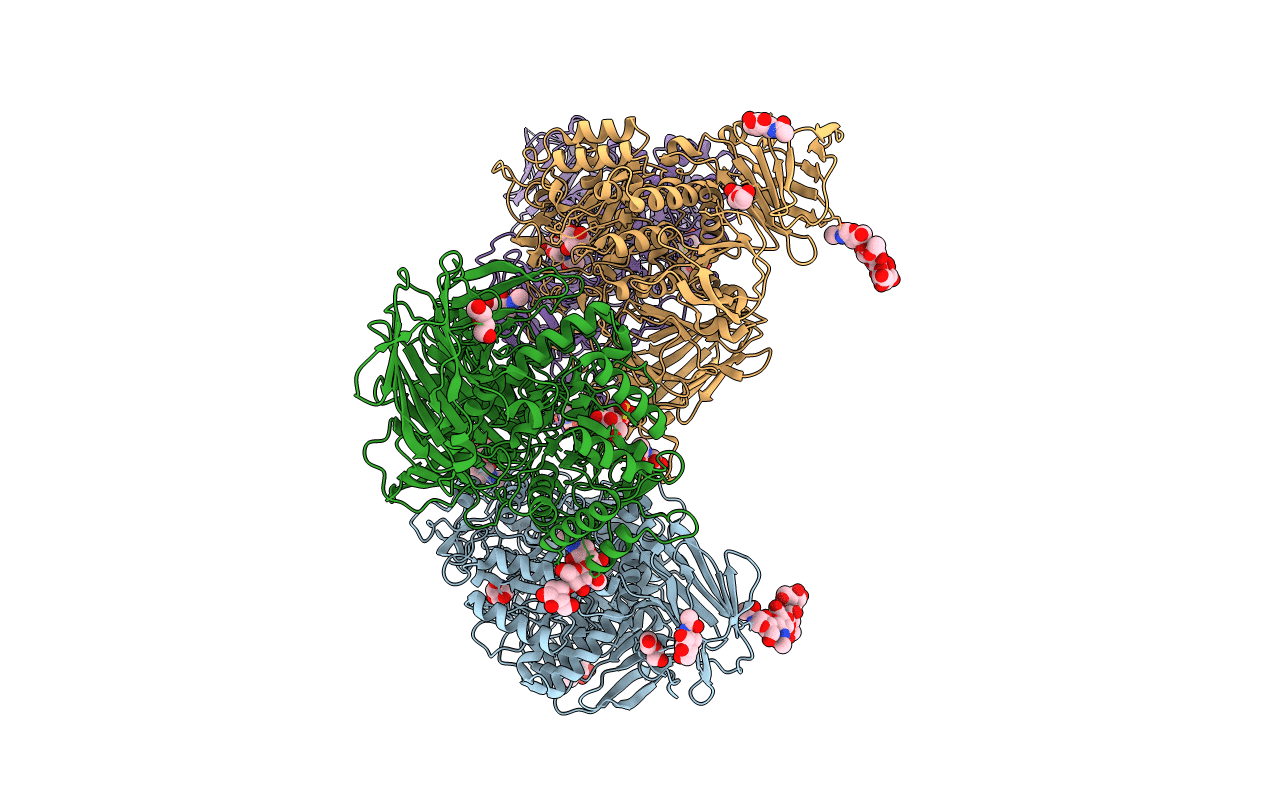
Deposition Date
2010-02-05
Release Date
2010-03-31
Last Version Date
2024-10-30
Entry Detail
PDB ID:
3LPP
Keywords:
Title:
Crystal complex of N-terminal sucrase-isomaltase with kotalanol
Biological Source:
Source Organism:
Homo sapiens (Taxon ID: 9606)
Host Organism:
Method Details:
Experimental Method:
Resolution:
2.15 Å
R-Value Free:
0.22
R-Value Work:
0.17
R-Value Observed:
0.17
Space Group:
P 21 21 21


